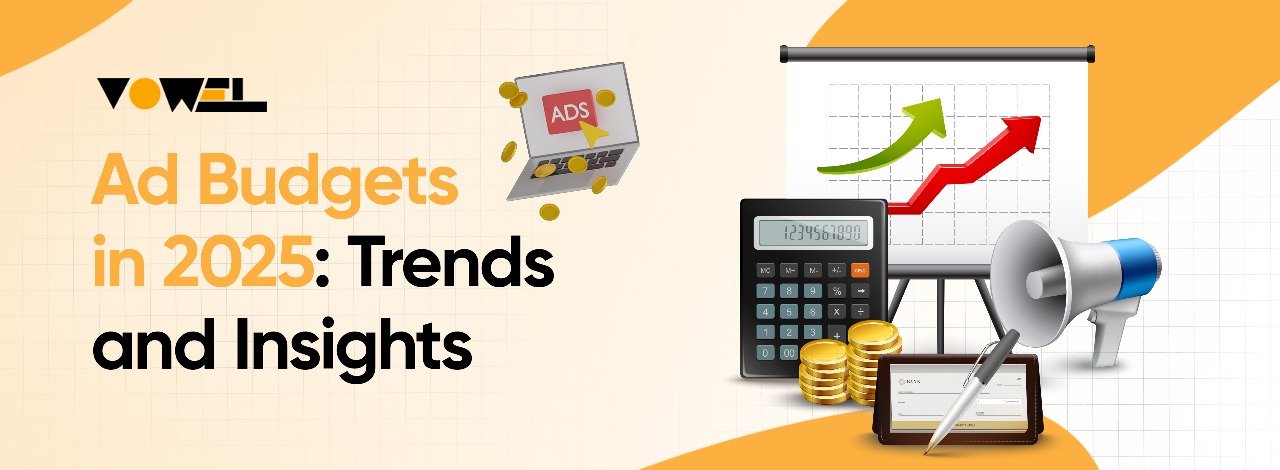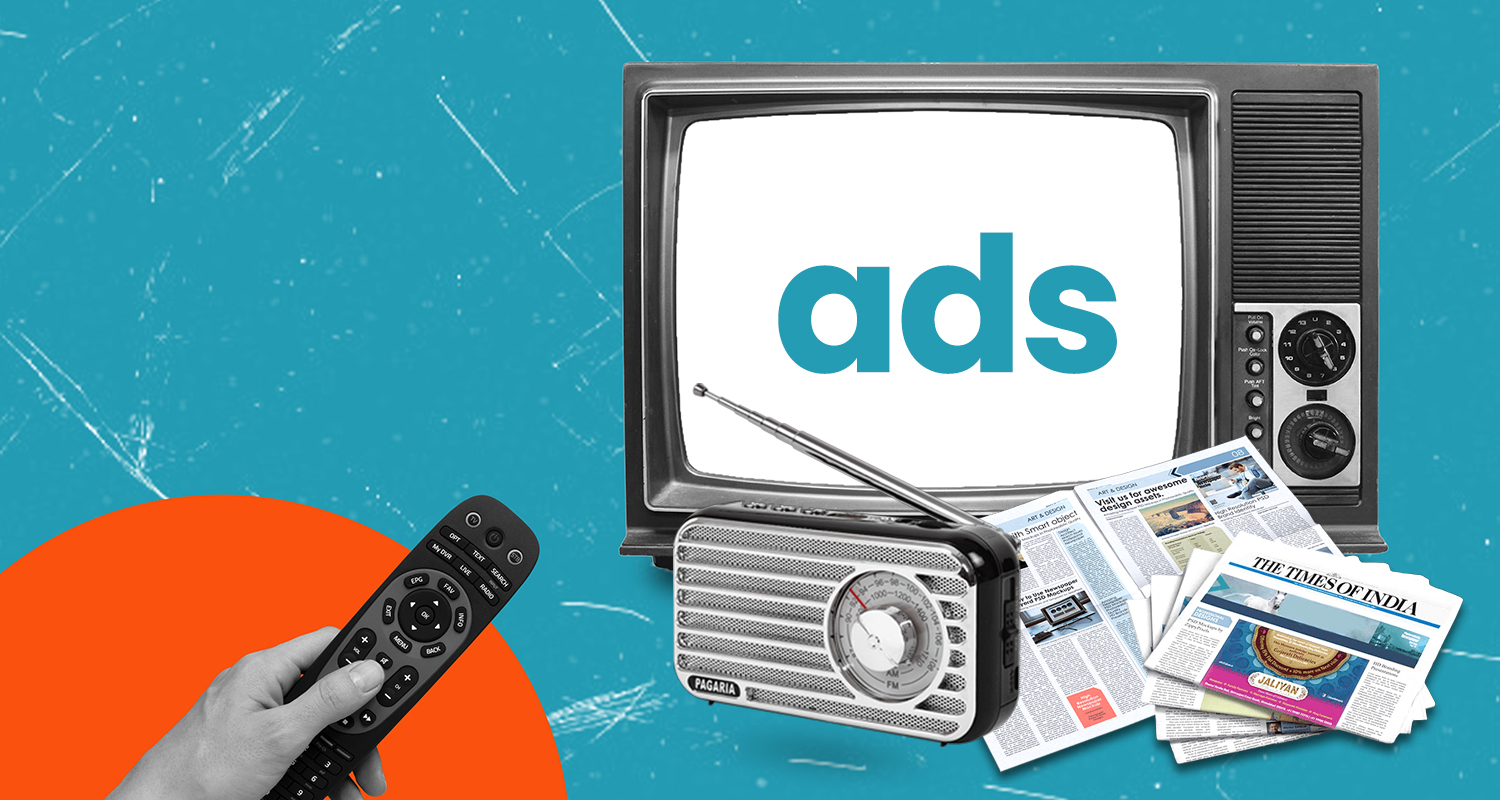

Ad Budgets in 2025: Trends and Insights
A good marketing strategy requires an advertising expenditure. Your ad budget is the amount of money you intend to spend on paid advertising of your brand and/or items over a specific time frame, such as a year or quarter. Businesses use this budget to cover the costs of running advertising (which are typically quantified in clicks or impressions), planning and generating ad creatives, and other related expenses, such as employing an agency to handle their ad campaigns. Your advertising budget might influence the types of campaigns and techniques your brand develops.
Paid Ads
There are several paid advertising outlets, so we focused on the most important ones.

Let us start with a paid search.
52% of marketers plan to increase their paid Google ad spend, while 64% intend to increase their paid Bing ad spend.
The primary reasons were: It increases costs over time.
- It works and provides a direct return on investment.
- Bing is less competitive than Google but has less volume.
- The most common reaction from the group that was sticking to their budget was that it worked. The second most common response was that they were unable to secure further financing for paid search owing to economic problems.
Regarding the reduction, 38% of marketers intend to spend less on Google and 7% on Bing. The most prevalent comment was that rising costs make it difficult to turn a profit.
Moving budgets to more cheap platforms.
Social Ads
The graphs for social ad spending are all over the place.
X was the winner, with marketers intending to increase their budget by 55%. The most prevalent reaction was that ads on X were affordable.
The second most prevalent comment was that they believe X is more politically acceptable than before.

When comparing the other platforms, the main reason for the growth is because they work, and the goal is to scale up the ads to generate more income.
Most social networks had slightly varied responses when it came to budget maintenance.
- Facebook - most marketers preferred to keep their budget as is, but in most cases, this group did not want to expand it since they believed there were other social networks where the money could be better spent.
- Instagram - People thought it was worthwhile to be on Instagram. However, the main reason for the lack of growth was that many marketers believed influencer marketing and working directly with Instagram users offered a higher ROI.
- YouTube is the primary reason for keeping economic stability, and they did not want to reduce its popularity because it is effective.
- TikTok - Similar to Instagram, marketers believed it was worth sustaining, but working directly with influencers yielded a higher ROI.
- X - This one was a little different; many marketers chose to keep it until they could observe what happened with X traffic in 2025 when it would not be an election year. They believed X might not have the volume to raise their spending.
- Pinterest - The main reason for retaining was that they couldn't scale their Pinterest ads any further without breaking their ROI.
- Snap - the key rationale for retaining was that they felt the money would be better spent on other networks, but they didn't want to reduce their Snap budget because the ROI was good compared to other channels. When we followed up and asked why not scale further since the ROI was so good, most individuals said, "Snap doesn't have the volume to scale up."
- LinkedIn - Not everyone advertised on LinkedIn. The majority are in the B2B category and felt compelled to continue because there were fewer options for B2B businesses. And the key reason for not scaling was that they couldn't make the math work from a ROI standpoint.
Regarding the budget cuts on these social sites, there are two frequent responses:
- Ad expenses are rising, reducing their return on ad expenditure. Naturally, they have no choice but to reduce their spending.
- Marketers believed that influencer marketing was less expensive than paying the networks directly and offered a higher ROI.
Traditional Ads
Even though the budget moves occurred through various means, there were many similarities.

- The most typical response to growth was the widespread exodus to anything digital, and consumers believed there were opportunities to buy ads at reduced prices.
- Marketers found that using these channels was an effective approach to differentiate their brand while staying within budget.
- They are effective avenues for reaching their target audience (often the elderly).
- The primary cause for the drop was the transition of businesses to digital. For example, many marketers believed that direct purchases on a digital news website would be a better use of money than ads in a physical newspaper.
Similarly, many marketers are not abandoning television; rather, they are shifting their ad spend to CTV due to improved metrics and reporting.
Other Ad Channels
The budget increase for podcasts, influencer marketing, and CTV was not surprising, given where the emphasis is moving.
- However, the increase in the remarketing budget was unexpected, as it increased by 89%.
- The main reason is that ads are becoming more expensive, and it is more cost-effective to run content ads and then spend money on retargeting to lure those people back to promote your product or service.
- In other words, many marketers are using retargeting to warm up cold ad traffic.
- The decreases were primarily due to economic conditions or a lower ROI.
Conclusion
As we step into 2025, the marketing landscape is evolving rapidly, with businesses strategically adjusting their ad budgets to maximize ROI. Paid search, social ads, and traditional advertising channels are experiencing mixed trends, driven by rising costs, shifting consumer behaviors, and the growing impact of AI. While platforms like X and influencer marketing are gaining traction, many marketers are also investing in AI SEO, content creation, and community-building strategies. The key takeaway? Marketers are becoming more data-driven, reallocating budgets to platforms that offer the best return while adapting to new trends in digital and traditional advertising.
Frequently Asked Questions
Which social media platform is expected to see the most growth in ad spending?
X leads the increase, with marketers citing affordability and improved brand perception as key reasons.
Why are some businesses reducing their social media ad spending?
Rising costs and a preference for influencer marketing, which often provides a better ROI, are major factors.
What's driving the shift from traditional to digital advertising?
Digital ads offer better targeting, analytics, and cost efficiency compared to traditional formats like print and TV.
Why are marketers shifting ad budgets from traditional to digital channels?
Digital ads provide better targeting, analytics, and cost-effectiveness compared to traditional formats like TV, print, and radio.
How is the cost of advertising expected to change in 2025?
Ad costs are rising across most platforms due to increased competition and inflation, making it crucial for businesses to focus on high-ROI channels.

